The tech world is buzzing, and for once it feels like we are watching the shift happen live. Remember when Qualcomm's Snapdragon X Elite chips started turning heads in Windows laptops? Those same powerhouse processors are now headed for Android-powered machines. Qualcomm has been working behind the scenes to adapt its successful Snapdragon X Elite processors for Android PCs, and it is not just speculation anymore, we are seeing real evidence.
It also lines up with Google's longer play to bring ChromeOS and Android closer together, as GizGuide reports. The clues are already in Android 16's private code, where Chrome Unboxed discovered Snapdragon X Elite chips listed for the first time. The kicker, Android laptops get to borrow a proven blueprint from Microsoft's Surface Pro 11. That device reset expectations for what ARM-powered computing can do.
What makes the Snapdragon X Elite so special?
Short version, it is fast and efficient. The Snapdragon X Elite established itself as a real desktop-class ARM chip throughout 2024, according to Chrome Unboxed. Microsoft’s Surface Pro 11 uses this processor and posts numbers that hang with Intel Core Ultra 7 155H and Apple’s M3, CNET's comprehensive testing revealed.
Battery life is the jaw-dropper. The Surface Pro 11 tops 14 hours in web browsing tests, Yahoo Tech reports. That is not just good, it is transformational for anyone who travels with a charger stuffed in their bag.
PRO TIP: The 12-core CPU, integrated Adreno 741 graphics, and shared memory architecture deliver desktop-class performance while sipping power like a phone chip, CNET's technical breakdown shows. The chip shines with Vulkan graphics and is less effective with DirectX 12, the same review notes. For Android devices, that DirectX caveat does not matter, different graphics APIs apply.
Why Android laptops are borrowing this winning formula
The Surface Pro 11 gave the industry a cheat sheet. Its success with Snapdragon X Elite showed how to balance performance and battery life on ARM, and those lessons are already influencing Android hardware. These machines deliver better battery life than earlier Windows generations while keeping performance competitive, Yahoo Tech found in their comprehensive analysis.
It also proved thin and light does not have to mean slow. The Surface Pro 11 is just 0.37 inches thick and 1.97 pounds, according to the same report. For Android laptop makers, that is a ready-made template for truly portable devices that still feel like real computers.
Here is the twist in Android’s favor, mobile-first optimization. Windows spent years learning ARM. Android was born on it. So, in theory, Android laptops should squeeze even more efficiency from the Snapdragon X Elite platform.
Qualcomm's CEO is already hyping the upcoming Android PC experience as "incredible," 9to5Google reports. Given Android’s long history with ARM, that enthusiasm makes sense.
The technical advantages Android laptops will inherit
Start with performance headroom. The Snapdragon X Elite’s 12-core CPU competes with Intel Core Ultra 7 155H and Apple M3, CNET's testing confirms.
Then look at endurance. Surface Pro 11 hits 14.5 hours in web browsing tests on Windows 11, Yahoo Tech's measurements show. It also holds up for more than 5 hours of continuous productivity, even while gaming and running demanding apps, CNET found. Now, picture those gains on an operating system built for ARM from the jump. The potential is obvious.
There is scale too. Qualcomm expanded the Snapdragon X series with newer X2 chips announced last September, GizGuide reports. That gives manufacturers tiers to hit budget-friendly models and premium machines that can challenge ultrabooks.
Signs point to a full stack coming. Qualcomm has uploaded code for both Snapdragon X Elite and lower-end Snapdragon X chips, Chrome Unboxed discovered. That variety could make Android laptops competitive across segments while keeping the ARM efficiency edge.
When can we expect these Android-powered machines?
The timeline is getting real. Android-powered PCs are slated to arrive next year, 9to5Google confirms. That is actually ahead of the broader Snapdragon X rollout for Windows, traditional laptops with these chips are not expected until spring 2026, according to GizGuide.
It tracks. Windows makers are still wrangling ARM compatibility, while Android has shipped on ARM for more than a decade. Platform readiness tilts toward Android.
We are already seeing breadcrumbs in Android 16 code that suggest prep work is well underway. Qualcomm's next-generation Snapdragon X2 Elite shows promise for 2026 with major performance improvements, 9to5Google notes. What is not clear, whether the first wave of Android machines will use the current chips or wait for that next step.
What this means for the laptop landscape
Bottom line, a real market shakeup is on deck. The Surface Pro 11 proved that ARM laptops can deliver desktop-class performance with mobile-class efficiency, GizGuide observes. Android laptops are poised to take that formula and lean even harder into efficiency.
The first Snapdragon X laptops already showed better battery life and competitive performance against traditional Windows machines, Yahoo Tech's analysis shows. Add Android’s native ARM optimization, a mature mobile app ecosystem, and Google’s cloud integration, all on hardware that has already proven itself in the Surface Pro 11, and you can see where this is going.
With native ARM app support improving and Qualcomm’s lineup widening to include more affordable options, 9to5Google notes, Android laptops could offer a rare combo, mobile app freedom, traditional computing power, and efficiency that makes conventional laptops look thirsty.
The real question is not if the market shifts, it is how fast people jump on machines that pair Surface Pro 11-level performance with Android’s mobile-first foundation and vast app library. If the early wave delivers, we might be watching a new product category take off. Not hype, just momentum.







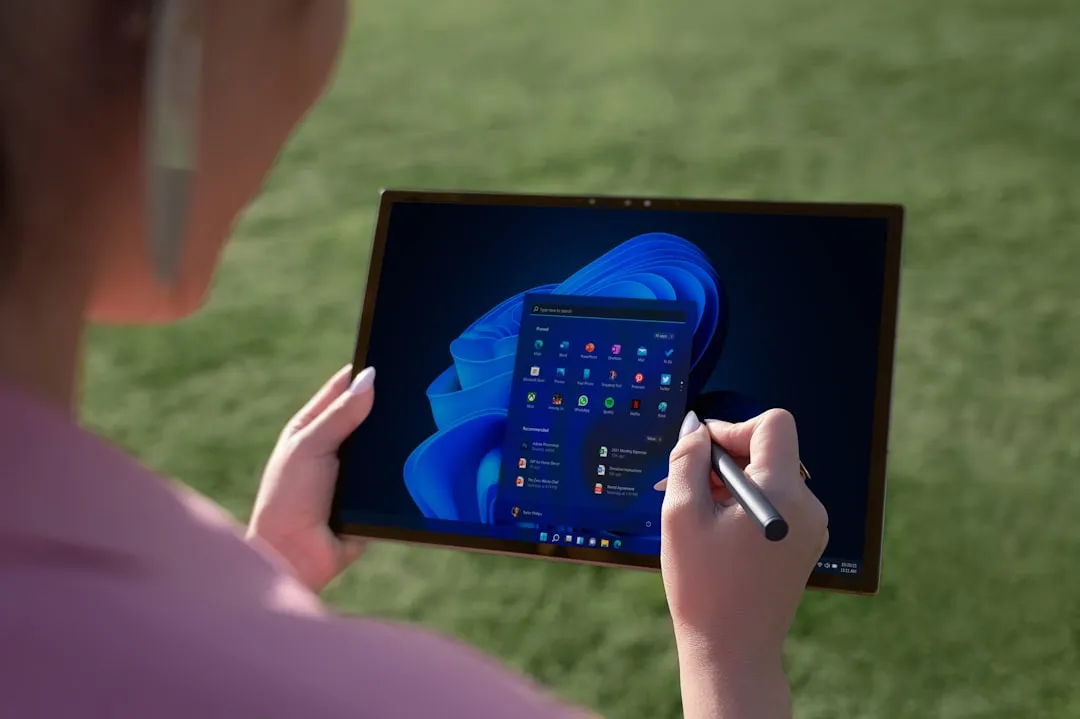




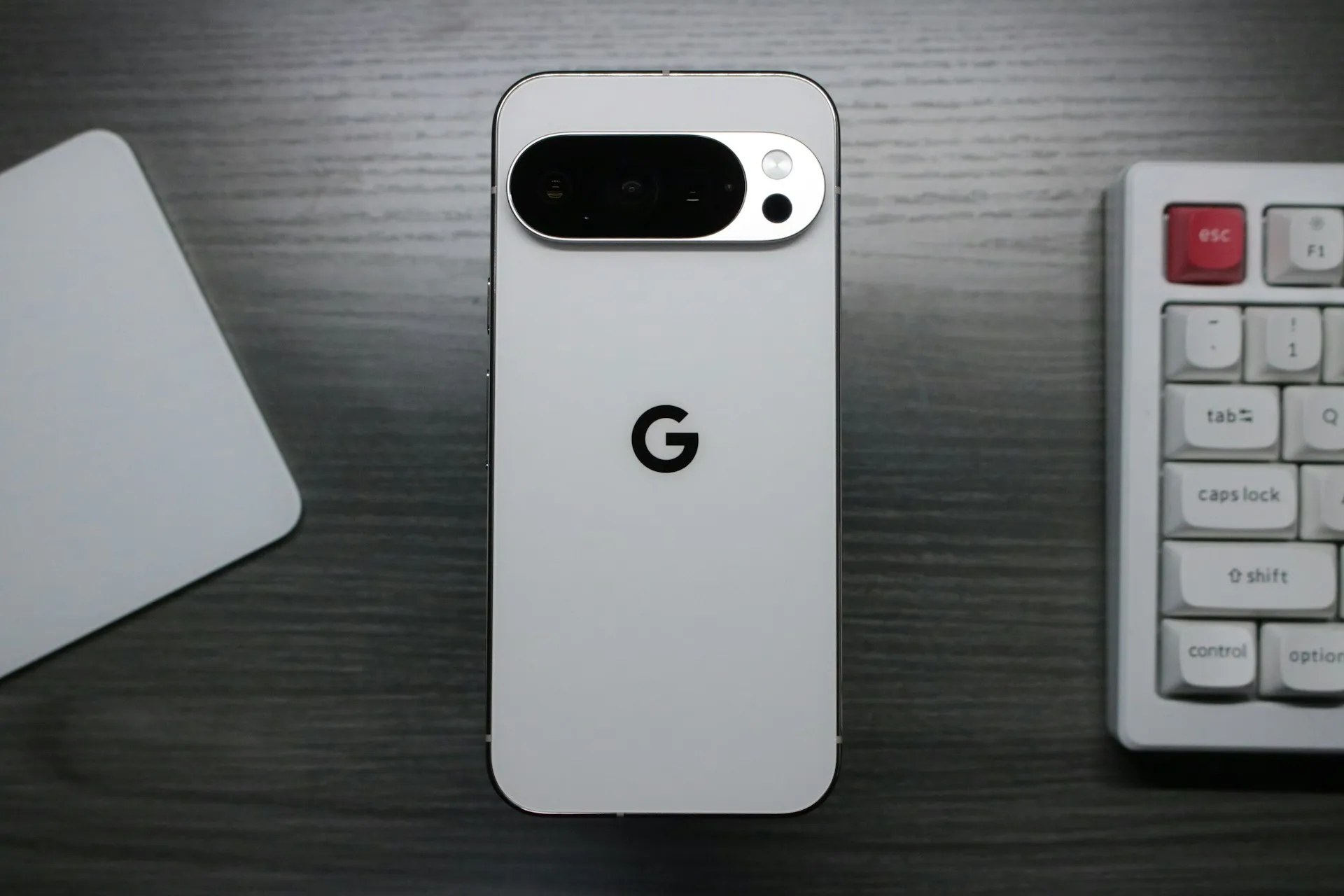


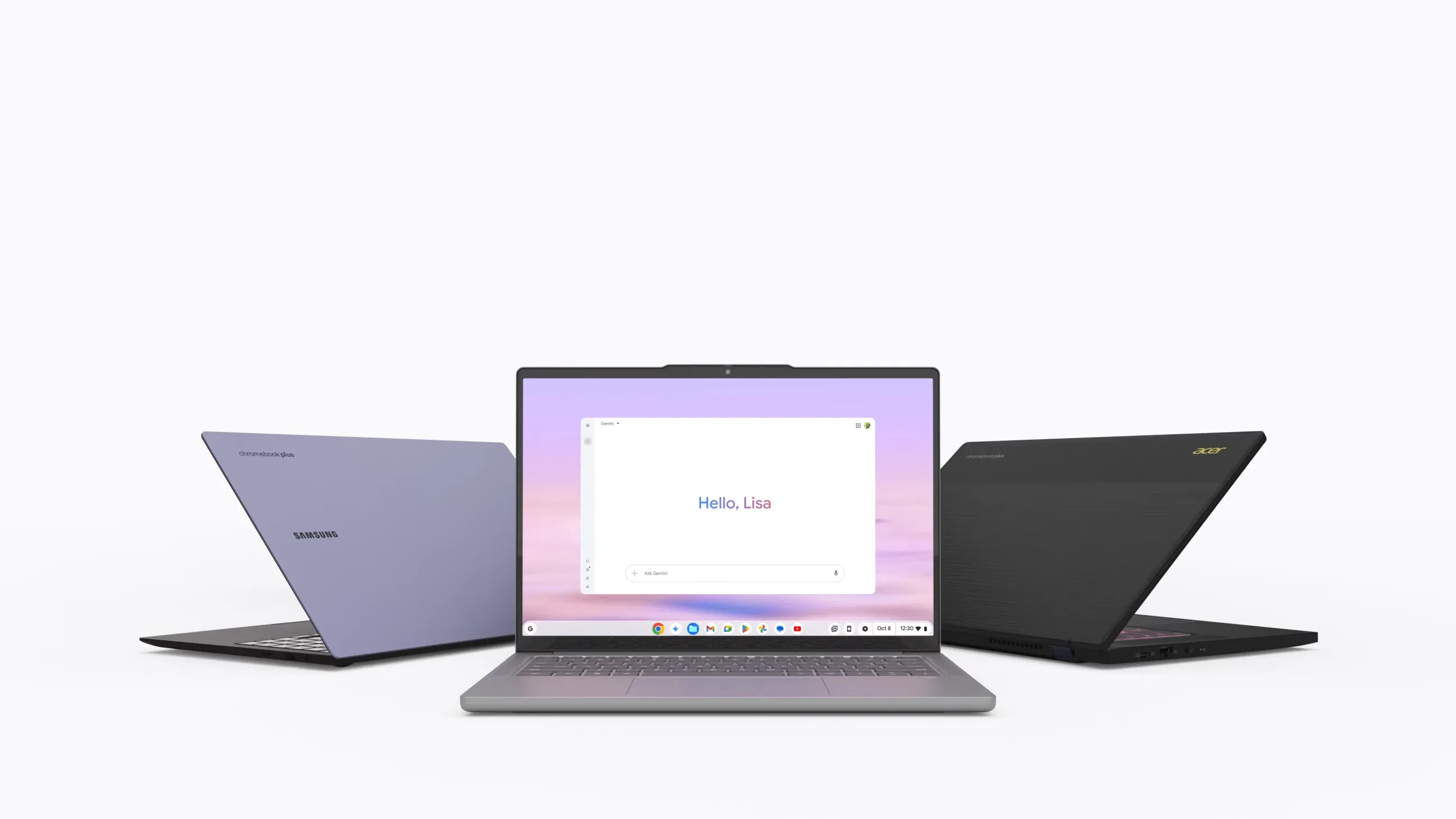




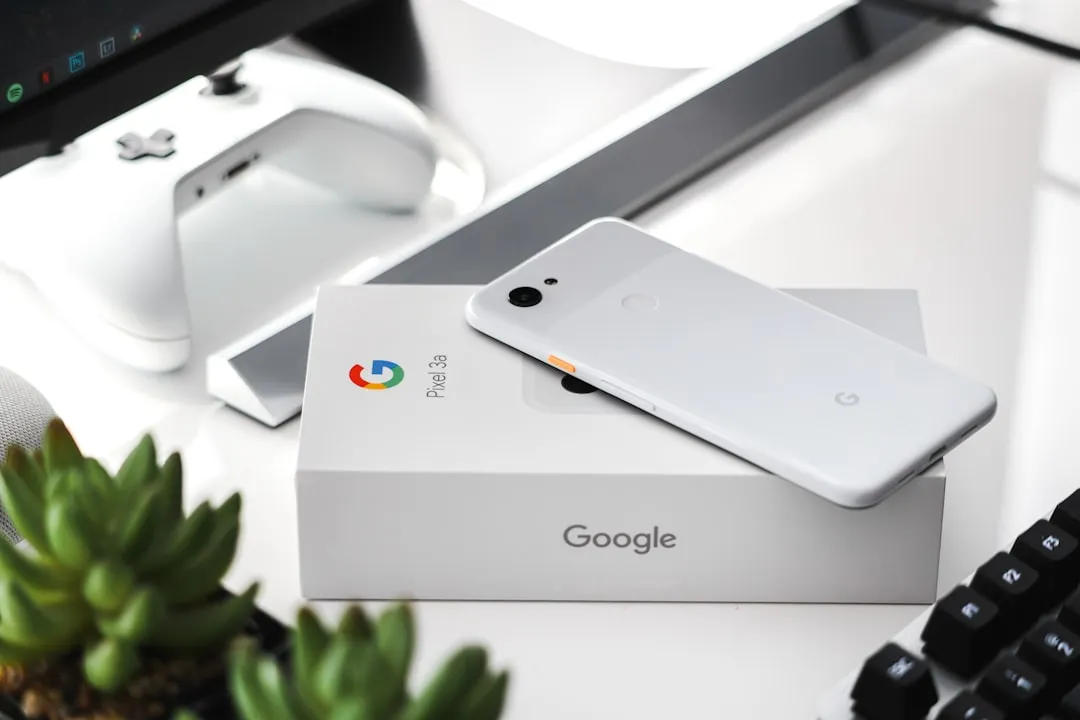

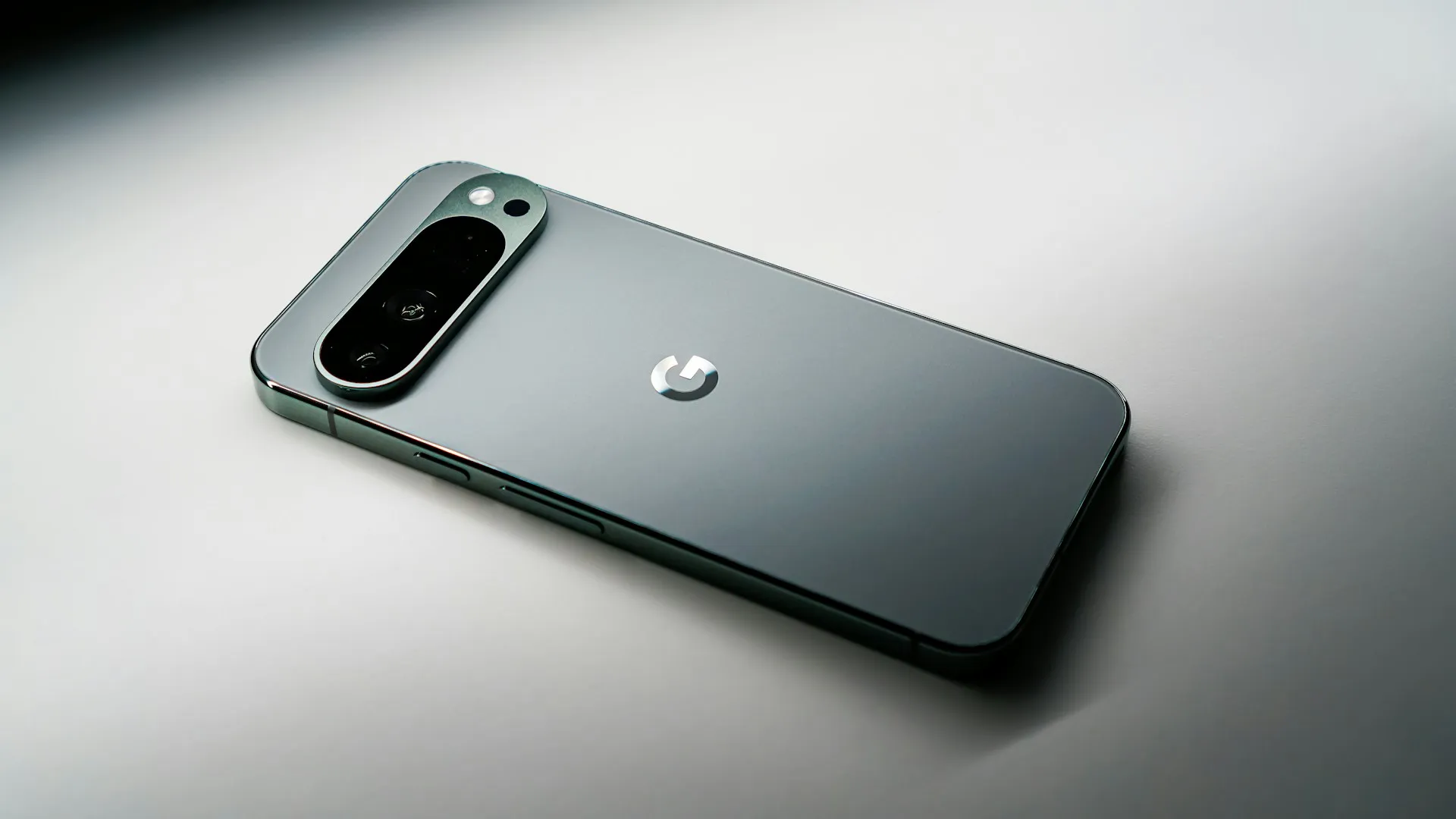


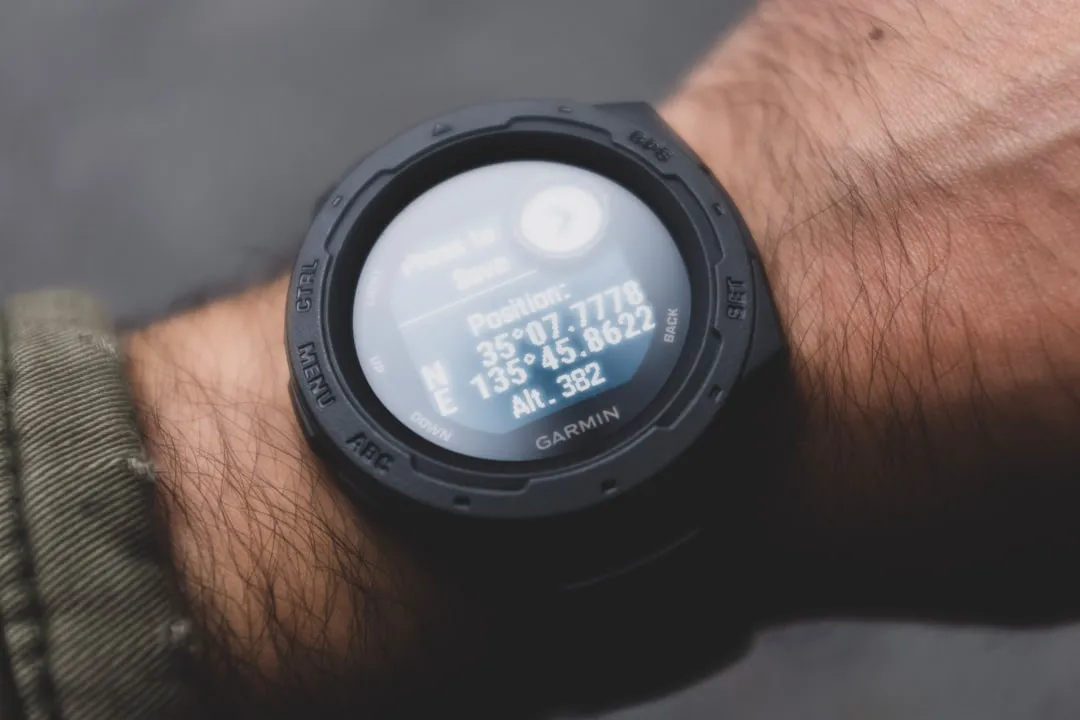
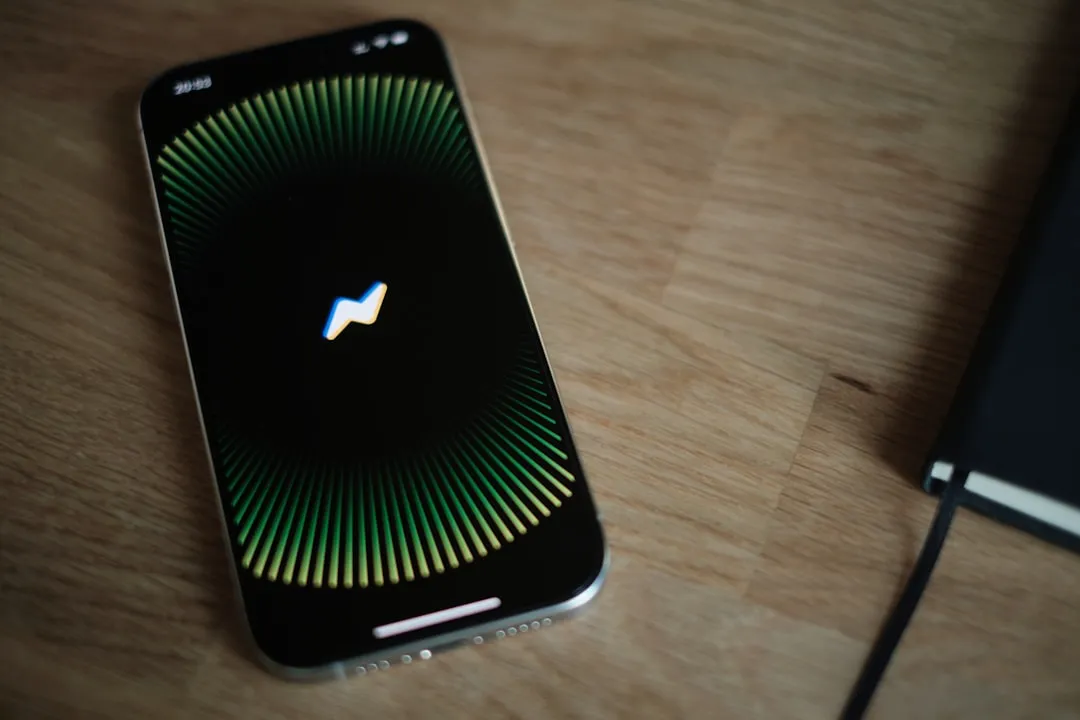

Comments
Be the first, drop a comment!